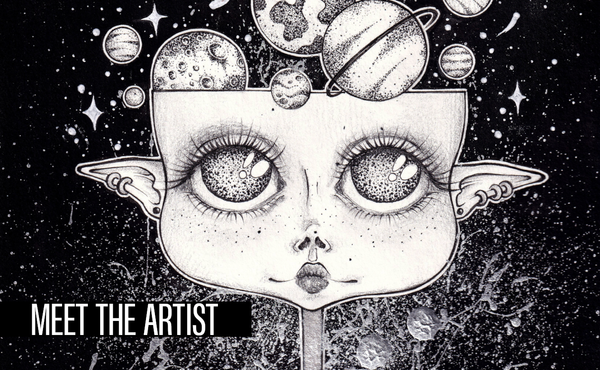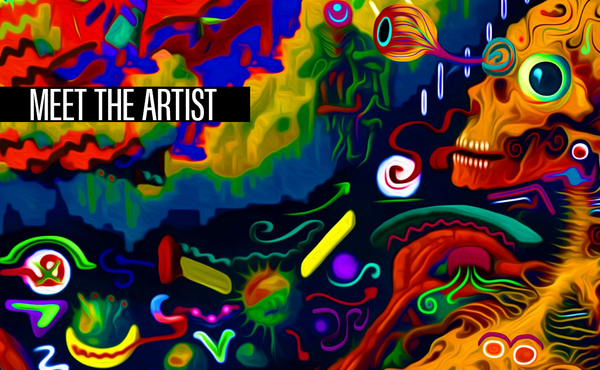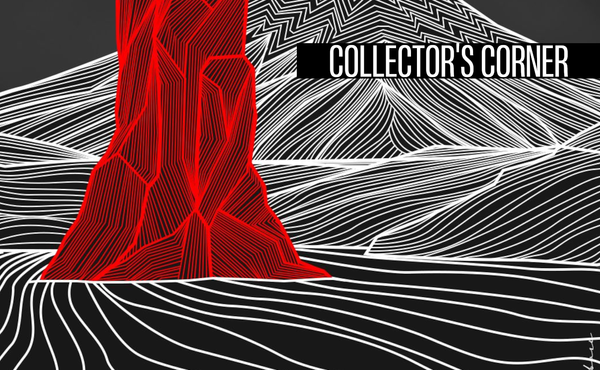The Evolving Nexus of Art, Technology, and Human Experience
The question “Does life imitate art, or does art imitate life?” is gaining new dimensions in an era marked by rapid technological evolution. What is the role of the artist when machines can create, learn, and perhaps even feel?

In the realm of creativity and expression, artists have historically served as the conduits through which the pulsating ideas and philosophies of their times are reflected and reframed. This symbiotic relationship between life and art, where each seems to imitate the other, has been a subject of contemplation and debate among philosophers for centuries.
Today, this dialogue is becoming ever more profound as the boundaries of technology and artistic expression blur, creating new mediums and canvases previously unimaginable.
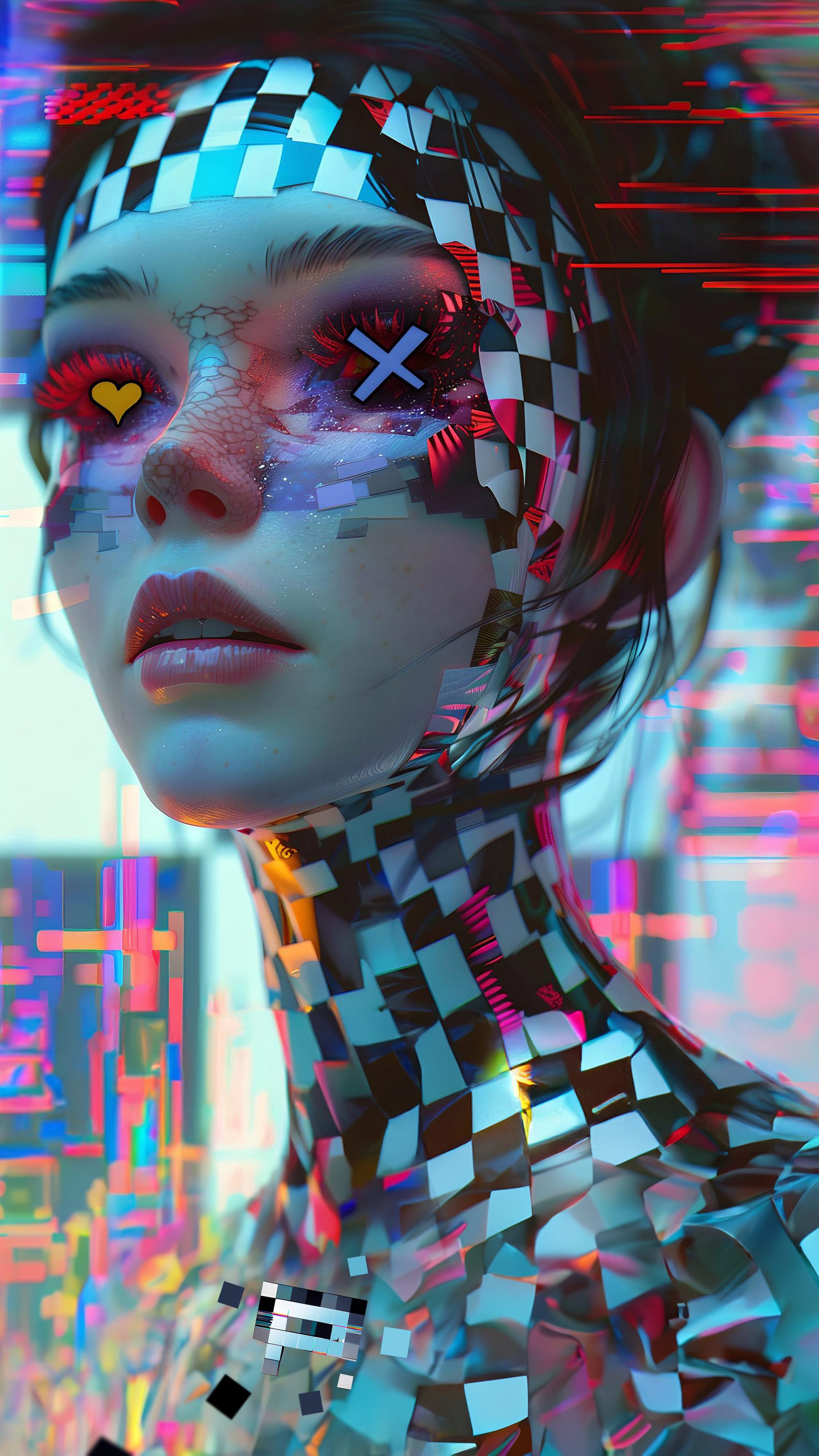
The question “Does life imitate art, or does art imitate life?” is gaining new dimensions in an era marked by rapid technological evolution.
As digital landscapes expand and morph, they bring with them new tools and capabilities that redefine how we communicate, entertain, and express ourselves. Artists, leveraging these technological advancements, are not just witnesses to change but active participants shaping the trajectory of cultural and social evolution.
Art has always been a reflection of the human condition, mirroring back to us not just who we are but who we might become. In the digital age, this reflective quality takes on a kinetic energy, with artists using digital canvases to project future realities.
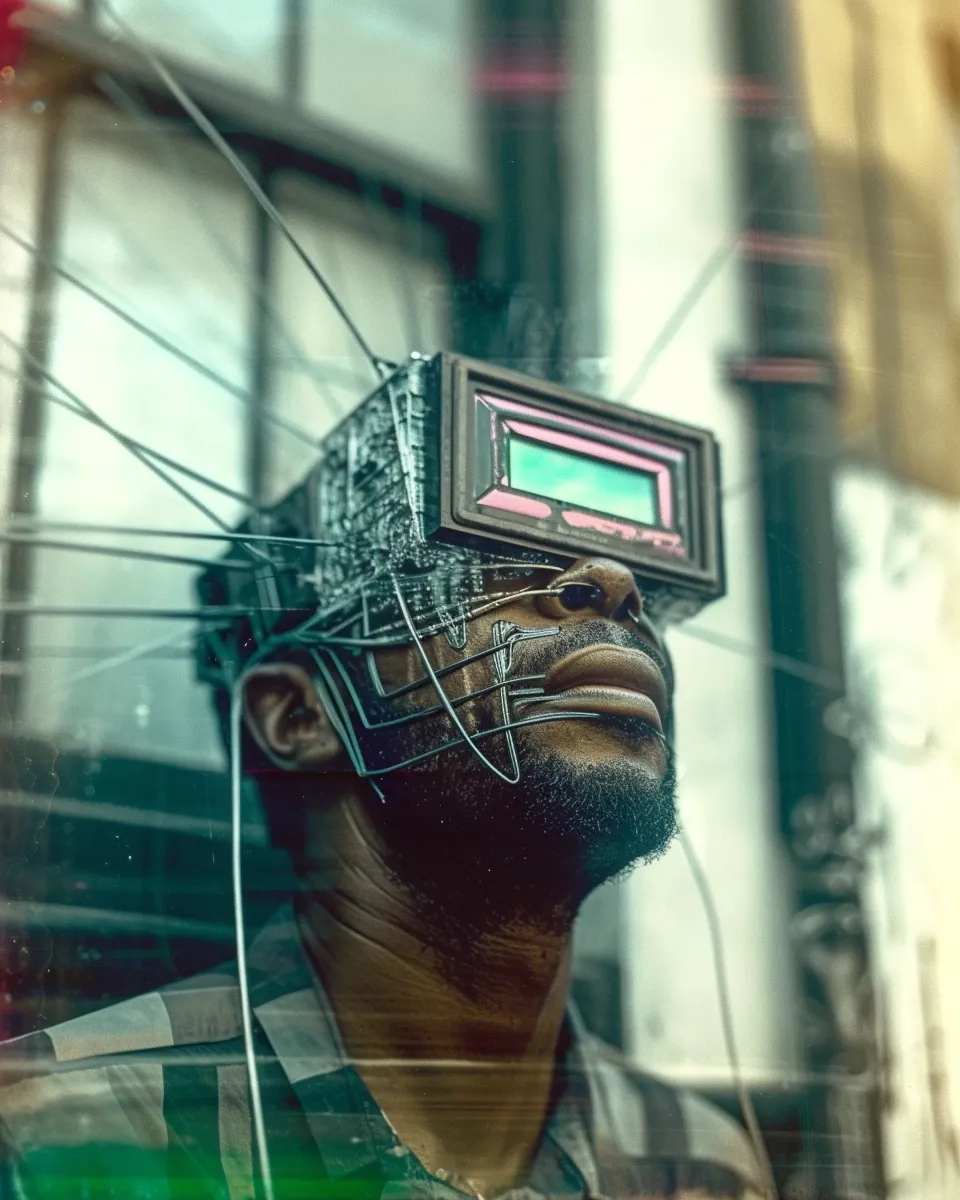
Whether it’s through digital art, virtual reality, or the integration of AI in creative processes, artists are pioneering the exploration of new frontiers.
These are not just technical achievements but are also philosophical inquiries into what it means to be human in a technologically integrated world. The integration of technology into everyday human life, from fitness trackers to the potential of microchips in the brain, represents a physical manifestation of this blending of life and technology.
This evolution raises crucial questions about the role of art in an era where technological capacity may soon surpass human limitations.
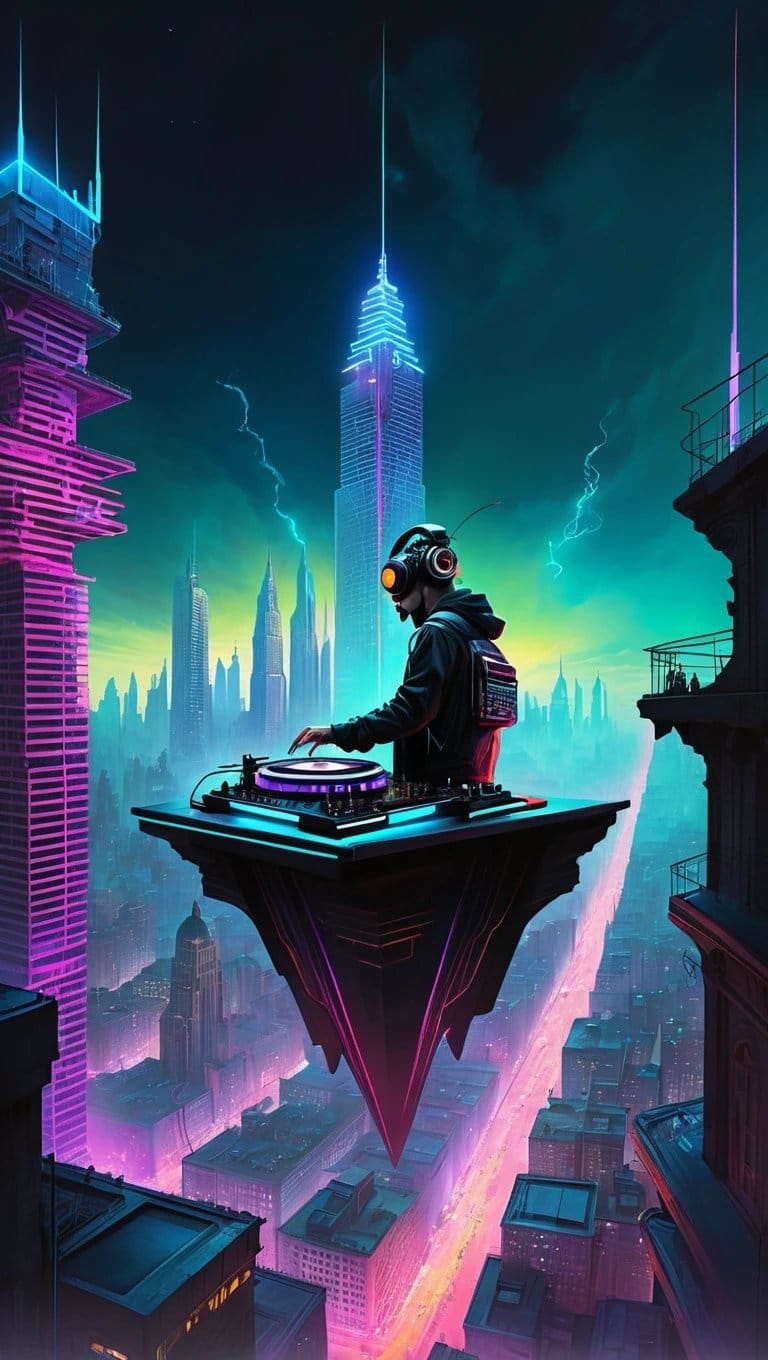
What is the role of the artist when machines can create, learn, and perhaps even feel?
Artistic expression in technology age is more than just a passive reflection of these advancements; it is an active, dynamic force that helps to shape and define them. By imagining the world as it could be, artists play a crucial role in molding our expectations and understandings of the burgeoning capabilities of technology.
They challenge us to consider not just what technology can do, but what it should do. In doing so, artists contribute to the broader discourse on ethics, values, and the direction of our technological future.

As we stand on this frontier, the future of art and its impact on society is as uncertain as it is exciting. Will art continue to be a force for challenging and expanding the technological horizons?
Will it remain a deeply human endeavor, or will we see a new form of artistic expression that merges human creativity with artificial intelligence in unprecedented ways? These questions are not just speculative; they are crucial in guiding the development of technologies that are symbiotic with human values and aspirations. Thus, as we look forward, it is clear that art will not just accompany technological advancement but will lead and shape it, continuing its age-old function as a mirror reflecting our deepest fears, hopes, and dreams in the face of relentless change.


